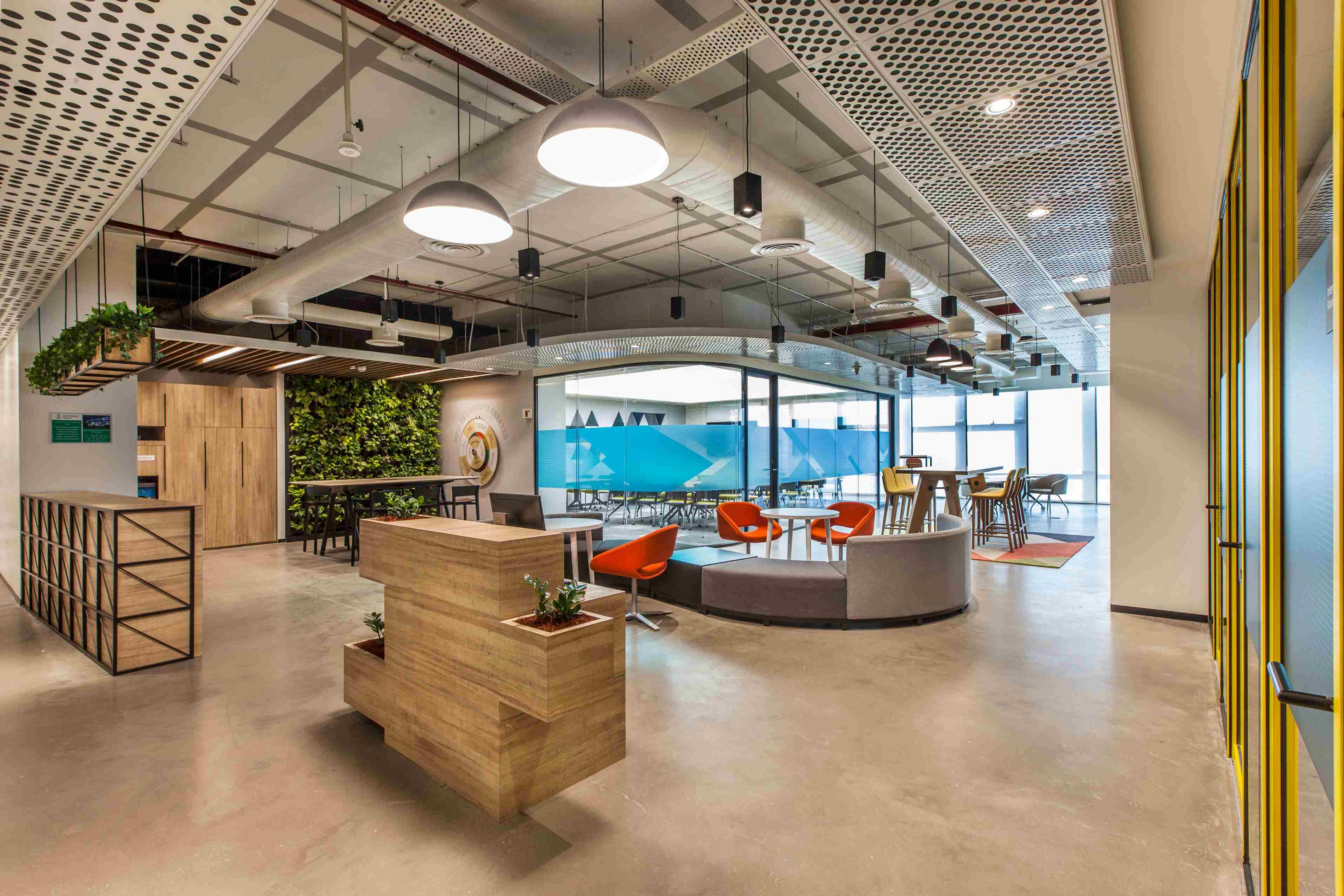5 neuroscientific ways to infuse positivity into your workplace design
It is a truth universally acknowledged that a scientific, data-driven approach makes for good workspace design. Looking to cut down lighting costs? A detailed daylight study and feasibility analysis enables us to optimise natural light. Need to update your HVAC strategy to adhere to newer, safer standards? A motion-based sensor that tracks occupancy data helps us plan it better. Indeed, scientific methods can drive efficiency and improve the functionality of a space. But can they help us make a workplace more positive?
In a post-pandemic context, positivity and wellness are particularly relevant to organisational success. Positive emotions have been shown to enhance creativity, improve innovative thinking and heighten one’s ability to make better decisions. Moreover, a happy individual is good for the other employees too — they are more likely to get along well with their colleagues, handle the stresses of the workplace better, and act in more socially responsible ways.1
Though inducing happiness and encouraging positive moods may sound subjective, scientific insights can be leveraged to do this as well. In a joint report with our partner IA Interior Architects, we looked at several neuroscientific ways to design positivity into the workplace. Here are 5 of them:
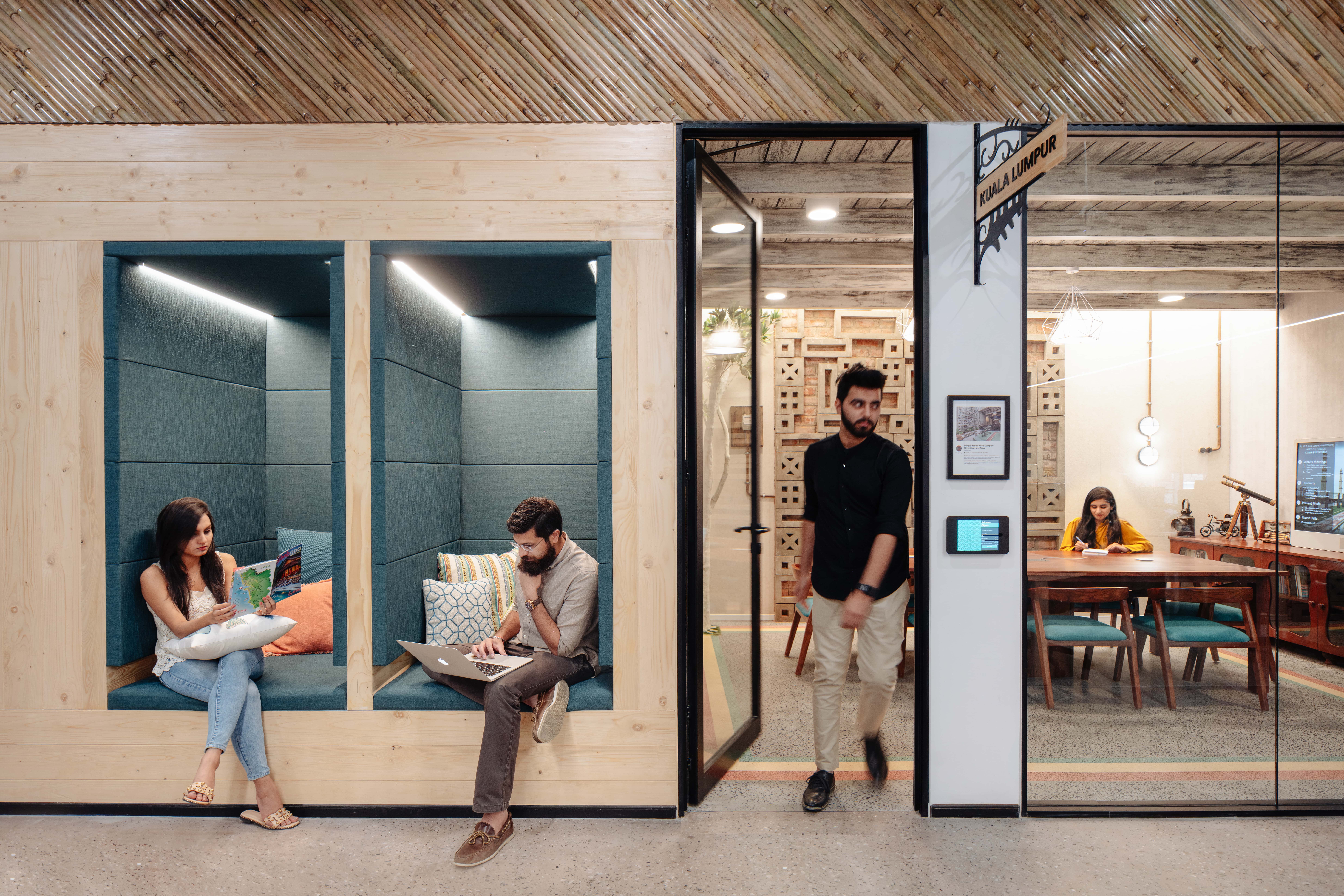
Airbnb, Gurgaon
1. The self-determination theory: Giving people control over their environment
This theory explores the idea that motivation and good performance are often linked to the degree of autonomy one enjoys. This is the reason why micro-management and the imposition of too many rules have a negative impact on performance. Understanding this theory can thus also guide workplace strategy to improve morale.
One way to leverage this theory is to offer people a healthy amount of control over where and how they work. This includes allowing employees the choice between working from home or coming to the office, rather than forcing them one way or the other. A varied choice of environments needs to be provided within the office too, so that employees are not forced to sit in one spot all day. Think moveable desks, portable writing surfaces, a variety of screen options, and different kinds of meeting rooms. However, while some degree of flexibility and control are essential, too many choices can prove overwhelming. So for example, rather than offering unlimited options to regulate lighting intensity or temperature settings, a better bet is to give employees four or five curated presets to choose from.
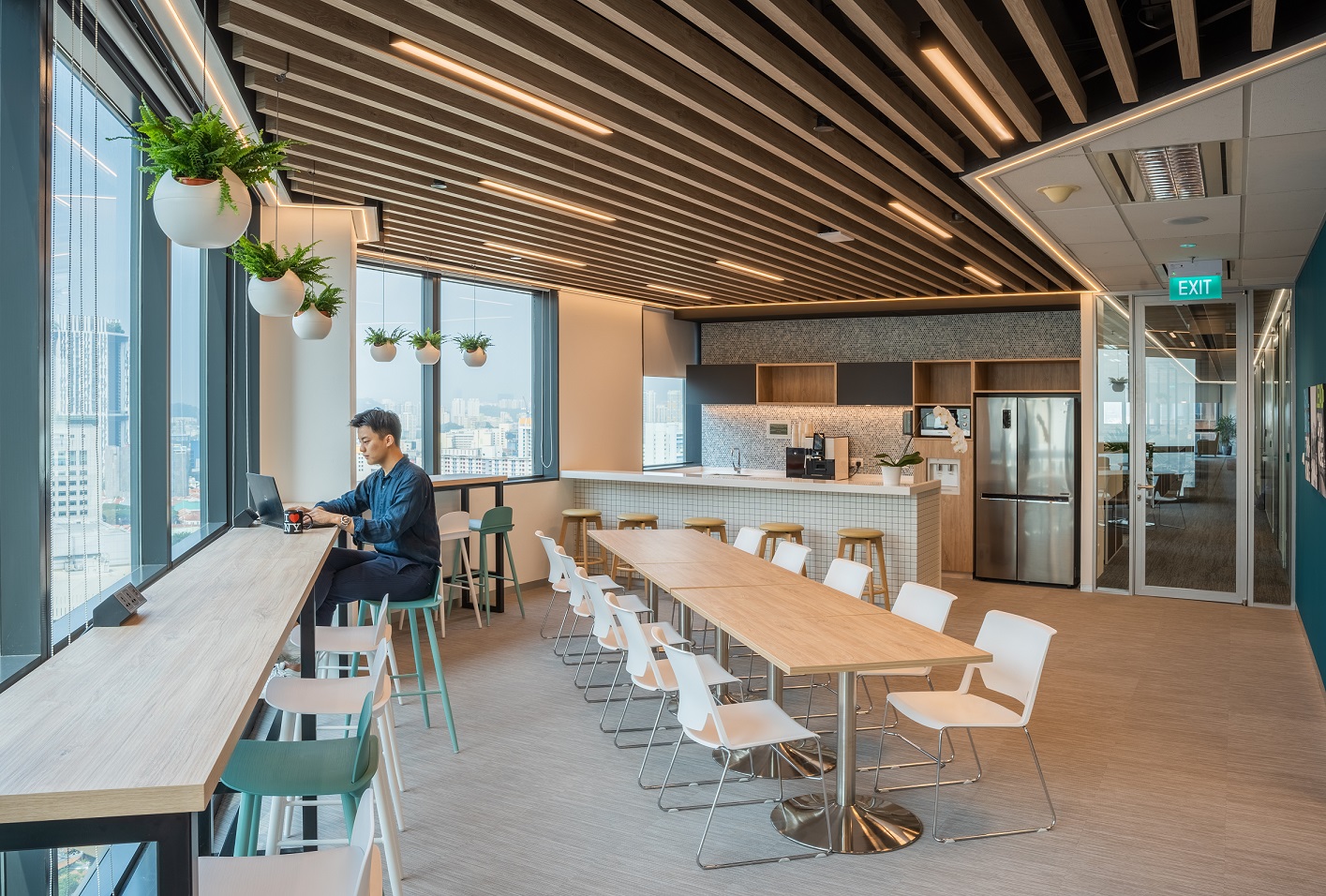
Forrester, Singapore
2. Nudge theory: Avoiding over-dependence on individual choices
A post pandemic workplace strategy that banks entirely on individuals to maintain safety protocols can put an extra burden on people, and make the transition back to the office more stressful. After all, employees cannot relax and settle into a more positive state of mind if they need to be constantly alert and wary. Moreover, seeing others forgetting the new guidelines can add to the stress and make people feel helpless about their own safety.
That’s where the nudge theory proves useful. Rooted within a deep understanding of human behaviour, it preempts how someone will interact with their surroundings. The environment can then be designed in a way that prompts people to naturally make the choices that one wants them to make.
So if you want your employees to maintain social distancing protocols and avoid touching too many shared surfaces, simply telling them to do so might not work — they may forget or misjudge the situation. Nudge tactics can be much more effective. For instance, if someone enters a meeting room where the chairs have been stacked up and the table set to a standing height, they are more likely to go ahead and conduct a standing meeting rather than rearrange the entire space first, just to sit down. Likewise, people are much more likely to gravitate towards well-positioned workstations and well-lit corridors. These placement and lighting tactics help you ‘nudge’ people to sit at alternate workstations or maintain a desired direction of foot traffic. Such tactics make your workplace strategy more effective without imposing too many restrictions or requiring your workforce to be constantly on high alert.
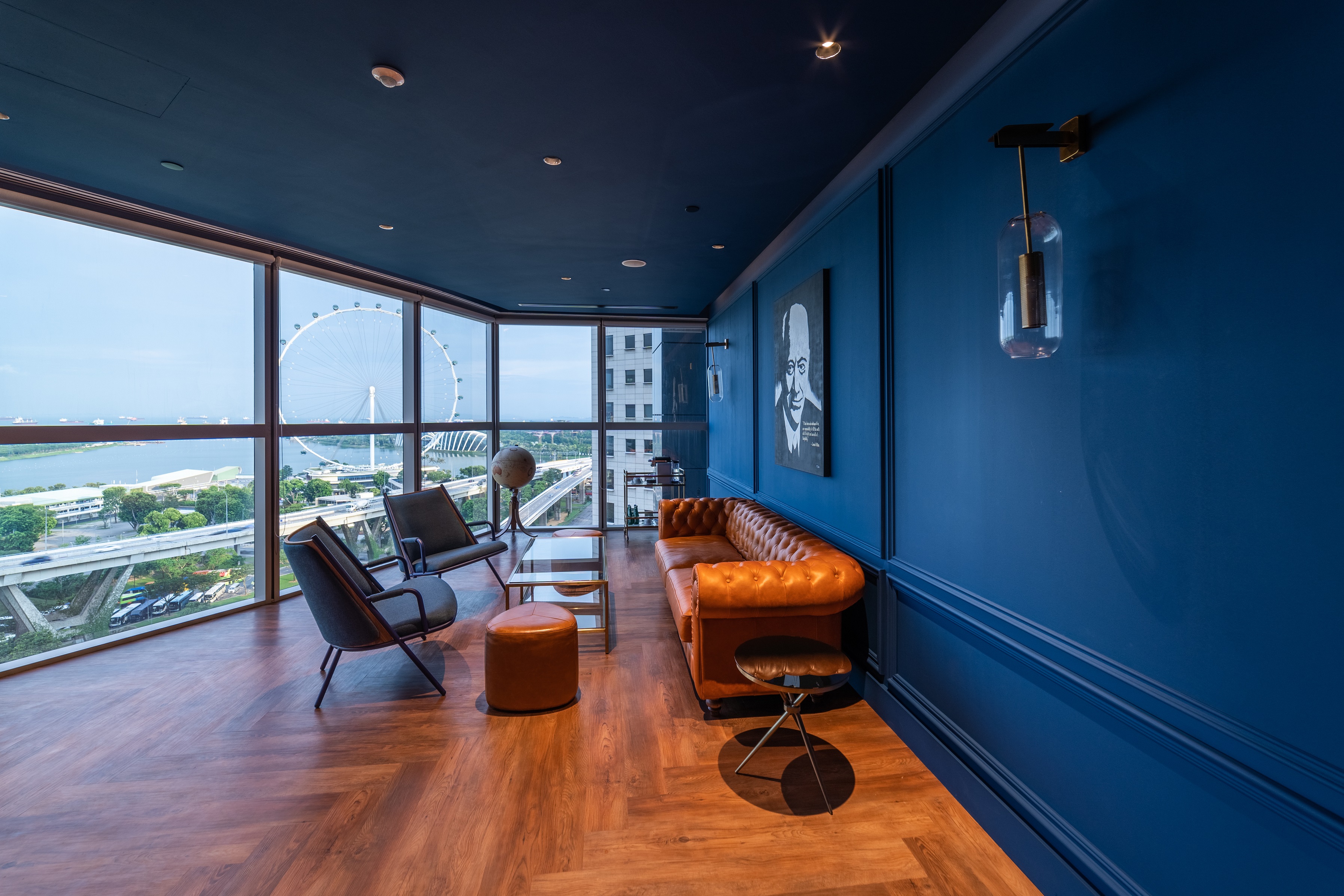
Hilton, Singapore
3. Colour psychology: Using colours to elicit the right emotional response
Colour theory examines how different colours affect our moods and emotions in different ways. Understanding their psychological impact is especially important when it comes to designing office interiors — certain colours make a space feel more happy and positive, while others depress and agitate the mind.
For example, a space that is too stark can end up making people feel uncomfortable and on edge — almost as if they were in a sterile, clinical environment. Natural greens and soothing wood tones, on the other hand, make a space feel immediately welcoming, which helps ease the transition to the workplace. A cooling blue colour palette soothes the mind and inspires trust, making it a particularly good choice for meeting rooms and focussed work areas. The colour grey, when set off with warm tones, can evoke a feeling of solidity and reassurance — sentiments that are much needed, given the uncertainty of the last few months.
The psychological impact of colours however, is not universal — it is contextual, so it can be used strategically to elicit different emotional responses. Bold, warm hues like bright yellow or red can prove distracting in focussed work areas. But in a collaboration zone, these very colours can add to the energy of the space, giving it a buzzing, happy vibe.
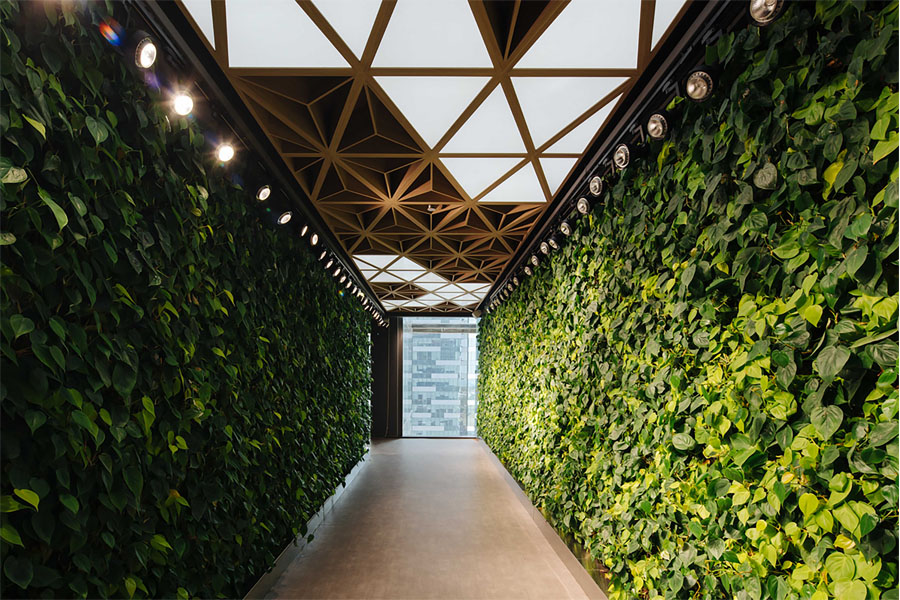
Prudential WorkPLAYce, Singapore
4. Evolutionary psychology: Satisfying the human affinity to biophilic spaces
This refers to the evolutionary theory that no matter how far we’ve come with industrialisation and innovation, human beings have an innate connection with nature and natural spaces. This is thought to be a neurological throwback to our prehistoric past, where nature symbolised survival, emotional security and social wellbeing. Satisfying this natural affinity brings us a sense of peace, safety and happiness, even today.
Translated within the modern workplace, this theory takes the form of biophilic design. This is more than just having a few indoor plants. It involves a more holistic understanding of how nature creates a positive mental impact, and then replicating it within workplaces. Lighting can be a great example here — think how natural light changes through the day, varying based on the hour and cloud cover. The harsh, constant glow of electric lights makes a jarring, unnatural contrast to this. Circadian lighting that tailors itself based on the time of the day and ambient light, is a great solution as it replicates the gentle rhythms of nature, indoors.
Likewise, the charming unevenness of natural textures, the calming effect of flowing water or the gentle movement caused by the wind can all be incorporated within a workspace to make an office more biophilic. Certain shapes and structures can trigger soothing psychological responses too — imagine the feeling of safety that comes from sinking into a high-backed wooden sofa with curved arms that enclose you on three sides. Leveraging such biophilic design elements are a great way to infuse positivity into the workplace.
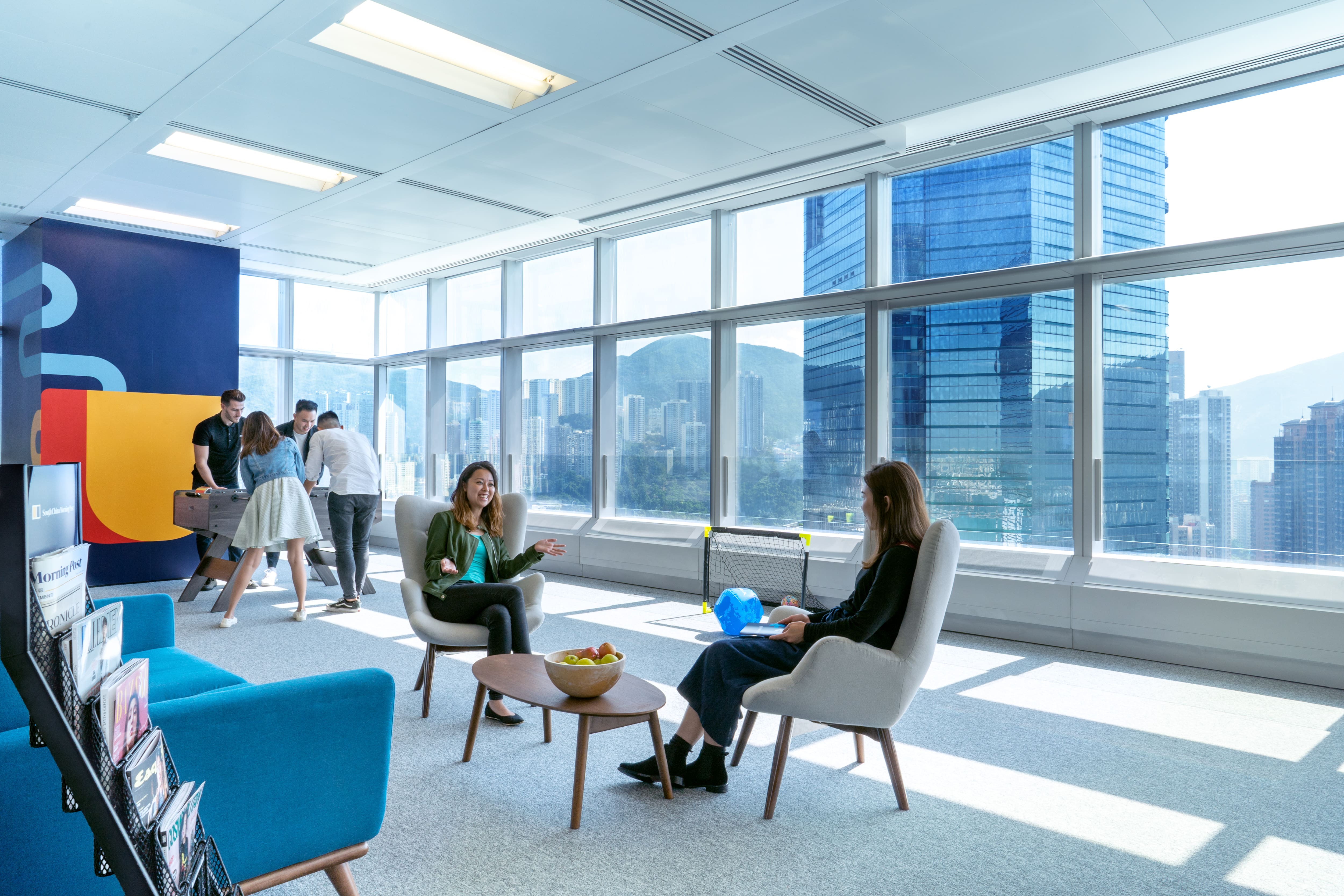
Randstad, Hong Kong
5. Belongingness theory: Encouraging collaboration and social interaction
This theory explores the innate human need to belong — to be a part of something bigger than themselves and to be seen as a valuable member of a larger community. This is particularly important now, given the isolation and detachment of the last few months. Leaving this social desire unfulfilled over a long period can make people feel rejected, lonely and disengaged — so employers will have to remedy this if they want to make the workplace experience more positive and welcoming.
One challenge here is that even now, most companies are not going to be able to bring every employee back to the workplace. Teams will have to be staggered and some employees will still work remotely while others come to the office. Aligning physical and digital experiences, thus, is an extremely important aspect of catering to employees’ need to belong.
Employers will need to ensure that workplaces are designed in such a way that everyone feels like an equal part of the team, no matter where they are attending a meeting from. Some thoughtful design and technological changes can help employers achieve this. For example, the meeting room layout can be rearranged to give both remote and in-person employees an easy view of the whiteboard. Acoustic elements can be added in to ensure that everyone can hear one another without any echoes or reverberations. Collaborative meeting tools can be adopted to allow all participants to view, contribute to, and edit shared documents.
Have you planned out a positivity-driven workplace strategy to look after your employees’ emotional and psychological needs? If not, we can help you chart the way ahead.








